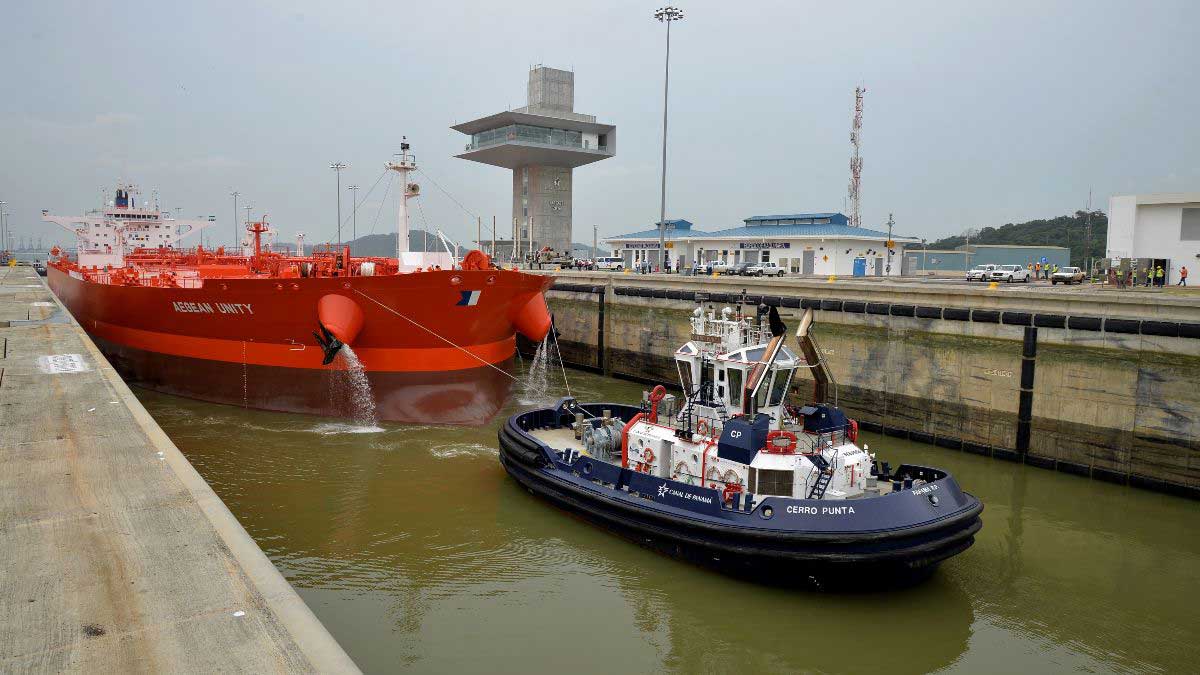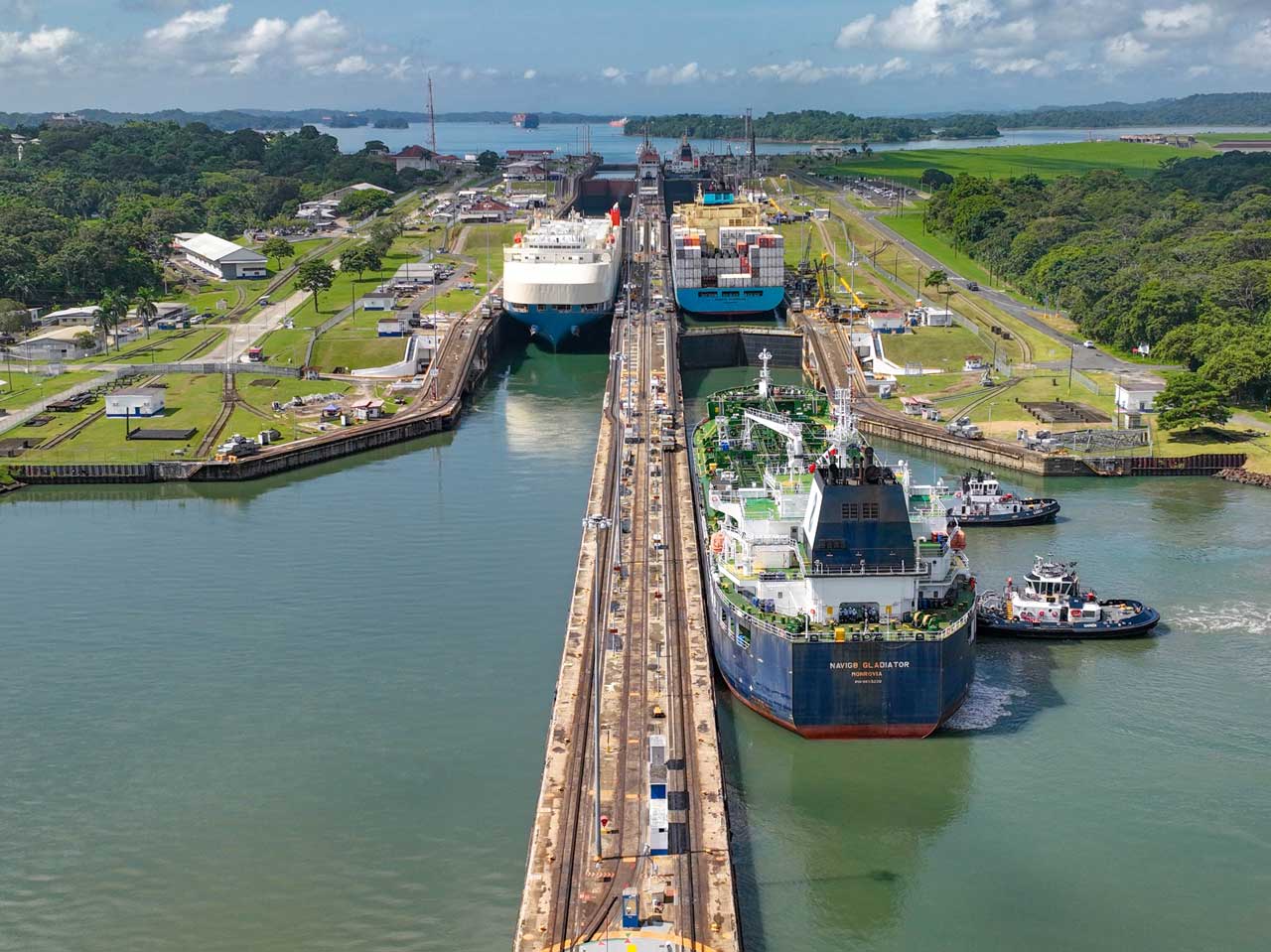Panama City, Panama, July 10, 2017 – Last week, the Panama Canal participated in the International Maritime Organization’s (IMO) 71st Marine Environment Protection Committee (MEPC) meeting as part of the Panama delegation. Held in London from July 3–7, the MEPC assembles influential stakeholders from across the maritime community to discuss pollution prevention and control. This year’s session focused specifically on the implementation of the Ballast Water Convention and IMO’s strategy to reduce greenhouse gas (GHG) emissions caused by the maritime industry.
Members of the Panama delegation spoke with industry specialists at the MEPC 71 about the shipping industry’s impact on the environment and participated in two working group meetings, including one on the reduction of GHG emissions from ships, and another on further technical and operational measures for enhancing the energy efficiency of international shipping.
“Taking IMO’s new strategy into account, the Panama Canal remains committed to reducing its impact on the environment to combat global warming, as we have since the Canal was inaugurated 102 years ago,” said the Panama Canal’s Environmental Protection Specialist Alexis Rodriguez.
Since opening in 1914, the Panama Canal’s strategic geographic location has enabled vessels to shorten the distance and duration of their voyages compared to alternate routes, thus reducing costs and GHG emissions. The waterway is estimated to have saved more than 670 million tons of carbon dioxide emissions over the course of its history.
The Expanded Panama Canal, which recently reached the one year anniversary of its opening, lessens shippers’ environmental impact even further. In addition to providing the same shorter route, the Expanded Canal’s wider, longer and deeper lane has allowed more than 1,500 Neopanamax vessels to transit over the past year, providing greater cargo carrying capacity and requiring less cargo movements, thereby reducing costs, fuel consumption and emissions.
In its first 12 months of operation, the Expanded Canal contributed to a reduction of more than 17 million tons of carbon dioxide, which is the equivalent of how much approximately 60,000 hectares of rainforest would absorb during that time. Combined with the Panamax Locks, this led to a reduction of more than 35 million tons of carbon dioxide.
The Panama Canal Green Route is currently leading a number of sustainability initiatives, such as its Green Connection Award and Environmental Premium Ranking, which reward customers who meet high environmental efficiency standards. Thus far, more than 85 vessels have been honored with a Green Connection Award and more than 275 vessels have qualified for the Environmental Premium Ranking since it was implemented in January 2017.
About the Panama Canal Authority
The Panama Canal is run by an autonomous agency of the Government of Panama in charge of managing, operating and maintaining the Panama Canal. The operation of the Panama Canal Authority (ACP) is based on its organic law and the regulations approved by its Board of Directors. For more information, please refer to the ACP’s website: http://www.pancanal.com or follow us on Twitter @thepanamacanal.
About the Panama Canal Expansion
The Panama Canal Expansion is the largest enhancement project since the Canal’s opening in 1914. Considered and analyzed for a decade with more than 100 studies, the Expanded Canal provides the world’s shippers, retailers, manufacturers and consumers with greater shipping options, better maritime service, enhanced logistics and supply-chain reliability. The Expansion included the construction of a new set of locks on the Atlantic and Pacific sides of the waterway, creating a third lane of traffic and doubling the cargo capacity of the waterway. While the Expanded Locks are 70 feet wider and 18 feet deeper than those in the original Canal, they use less water due to water-savings basins that recycle 60 percent of the water used per transit. In line with its commitment to customer service, the Panama Canal will continue to provide the world with value for another century and beyond.




